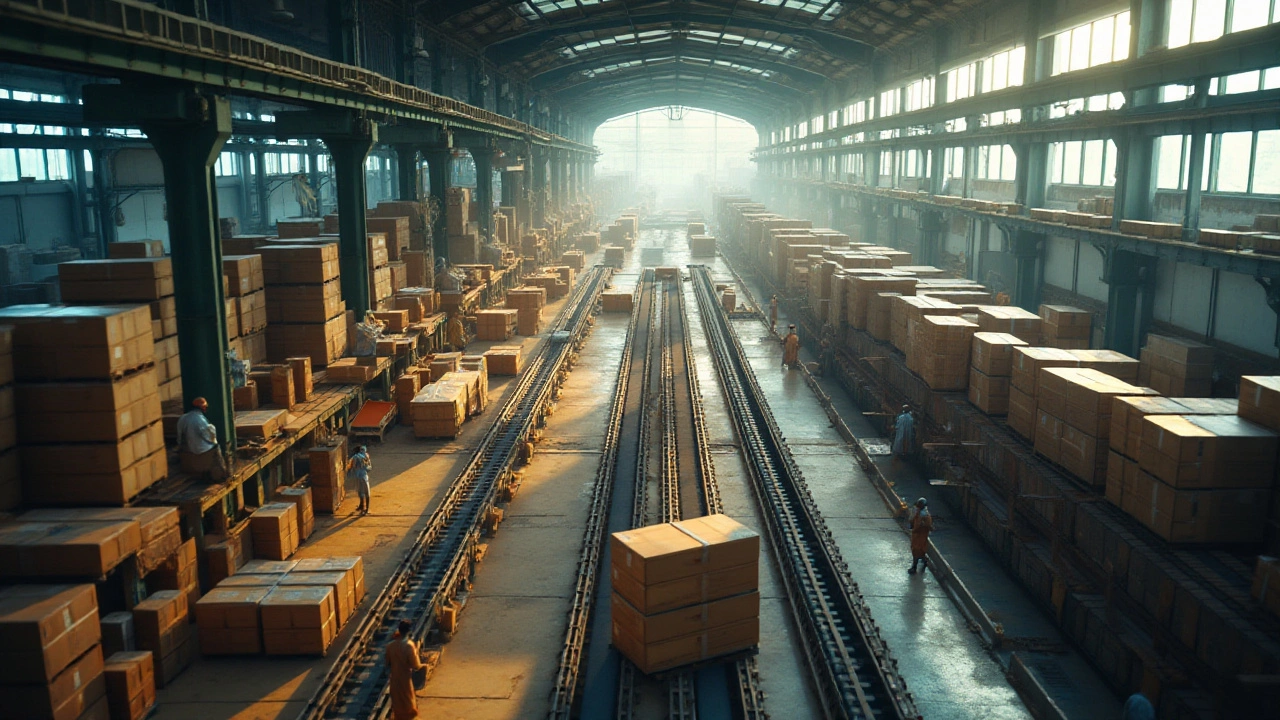Logistics Innovation: What’s New and Why It Matters
If you’ve ever wondered why your online order arrives faster than ever, the answer is simple – logistics innovation is at work. New tools, data, and smarter processes are turning traditional supply chains into fast, flexible networks. In this guide we break down the biggest changes, how they affect everyday shipping, and what you can do to stay ahead.
Digital Logistics: The Rise of e‑Logistics
e‑Logistics is basically logistics on a computer screen. It combines real‑time tracking, cloud‑based planning, and automated documents so nothing gets lost in paperwork. When a retailer uses e‑logistics, the moment a product leaves the warehouse you can see its exact location, expected arrival time, and any delays. This transparency lowers surprise costs and lets customers get accurate delivery windows.
One practical tip: if you run a small e‑commerce store, try a simple shipment‑tracking API. Most couriers offer a free widget you can embed on your order page – customers love seeing the live map, and you reduce support tickets about “where’s my package?”
Smart Warehouses and the 7 R’s of Logistics
Traditional warehouses were rows of shelves and a lot of manual labor. Today, robots, AI‑driven slotting, and cloud WMS (Warehouse Management Systems) do the heavy lifting. The classic “7 R’s” – right product, right place, right time, right quantity, right condition, right cost, and right customer – become easier to hit when machines handle picking and inventory checks.
Imagine a sensor that tells you a pallet is out of balance before it rolls off the dock. Or a robot that knows the fastest route to pick items for the day’s orders. These innovations cut errors, speed up order processing, and keep labor costs in check.
For a business just starting out, you don’t need a full‑blown robot fleet. A basic WMS that integrates with your barcode scanner can already improve accuracy by 20‑30 % and give you data to plan better stock levels.
Beyond the warehouse, last‑mile delivery is getting a makeover too. AI routing apps now consider traffic, weather, and even the driver’s break schedule to plot the most efficient route. Some companies use crowdsourced gig drivers for peak periods, letting them plug into the same system and keep delivery windows tight.
What’s the takeaway? Logistics innovation isn’t a futuristic buzzword – it’s a set of tools you can adopt today. Start with the low‑cost, high‑impact changes: real‑time tracking, a cloud‑based WMS, and AI‑driven route planning. As you get comfortable, look at deeper upgrades like automation robots or blockchain for secure documentation.
Staying current means watching industry blogs, joining webinars, and testing new software with free trials. The more data you collect, the smarter your supply chain becomes, and the happier your customers will be.
